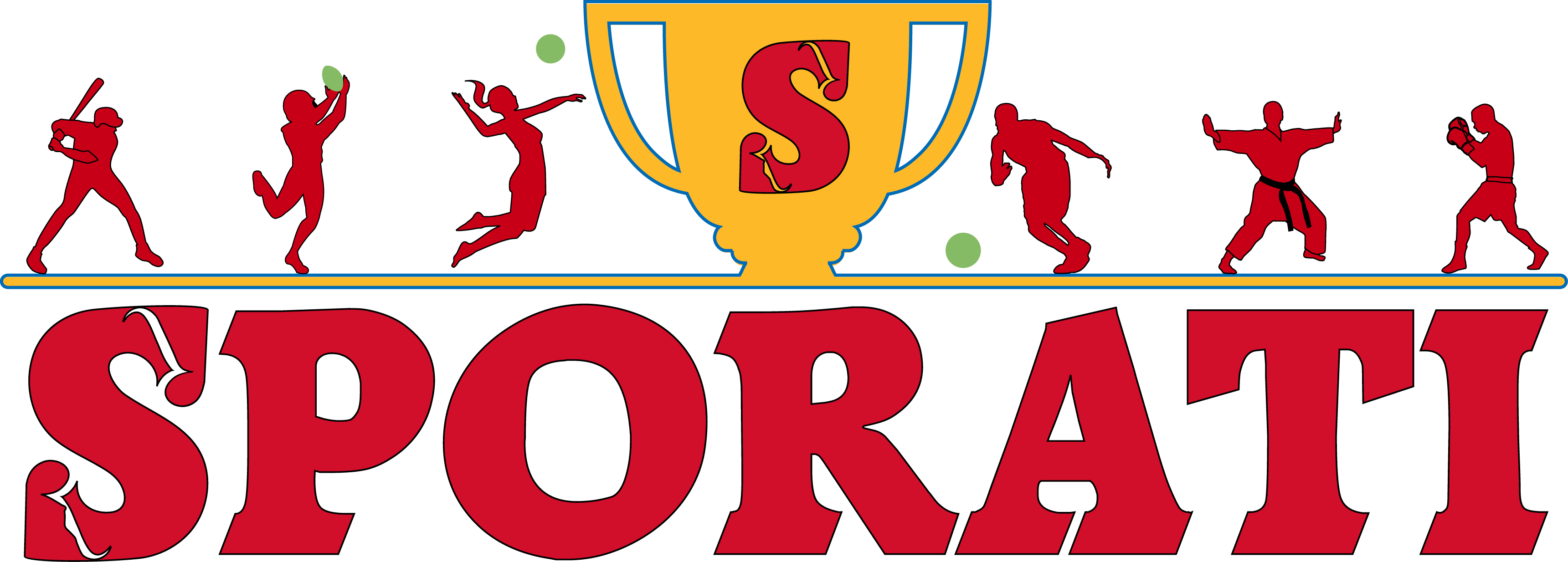Tech Innovation Fuels Imagination for Milano-Cortina 2026 Winter Olympics Experience
Milano 2026 Olympic Vibes
The Winter Olympics have always been about pushing the boundaries of human capability, but Milano Cortina 2026 is set to up the ante in ways we’re only beginning to grasp. Set against the awe-inspiring backdrop of northern Italy’s snow-capped peaks and good old-fashioned Italian flair, this edition of the Winter Games promises to blend classic Olympic competition with a dash of avant-garde imagination, setting the stage for an event that isn’t just about sports, but about how the future and tradition intersect in unexpected ways.
The Heartbeat of Milano 2026: Creativity Meets Tradition
When people think of the Winter Olympics, their minds usually drift to images of ski jumps and hockey games. But Milano 2026 is poised to be every bit as much an artistic and cultural statement as it is a showcase for athletic excellence. The Olympic committee, in tandem with local creatives, is crafting an event that combines historical legacy with fresh, forward-thinking concepts, bringing together the best of both worlds.
Imagination will be a crucial ingredient. How can we celebrate the Olympic spirit while making it distinctly Italian? That’s the challenge the Milano 2026 Games are tackling with exuberance. Expect warm, convivial vibes no matter how cold the weather might get—this is Italy after all, where hospitality blends effortlessly with history and cutting-edge innovation.
Vibrant Artistry on the Slopes
An ambitious vision for what the Olympics can offer beyond sports is key to the Milano Cortina 2026 vibe. One can’t deny the natural beauty of the Alps, but here it’s not just about towering mountains or gliding with grace on the ice. Organizers aim to embrace art, fashion, and music to provide attendees and viewers an experience that feels almost cinematic—one befitting a nation that’s both steeped in history and always forward-thinking in design.
Here are some ways Milano 2026 is adding a unique, artistic flair:
Tech Brilliance Under the Spotlight
With Italy being a powerhouse for design and innovation, expect tech and creativity to flow hand-in-hand not only in art but also in sport. Milano Cortina 2026 will see a seamless integration of forward-thinking tech, allowing visitors and viewers from around the world to dive deeper into the Olympic experience.
What can you look forward to from a tech perspective? Let’s break it down:
All About Italian Passion
Let’s not forget that Italy knows how to live passionately, and that energy is set to reverberate across everything during Milano Cortina 2026. You can already feel the excitement building! There’s something intangibly heartwarming about witnessing sporting feats unfold in a country as profoundly passionate as Italy. From the opera-like crescendo of an alpine ski race to the meticulous preparation by athletes embodying the Italian mantra of *fare bella figura*—doing your best while making it look good—expect a kind of intensity that will be unmatched.
And of course, no Italian event is complete without food! Milano Cortina 2026 will undoubtedly turn the Olympic dining experience into something noteworthy. Expect culinary pavilions that showcase local delicacies and fine Italian cuisine, bringing a taste of the Mediterranean into the middle of Europe’s winter.
The Future of Olympic Vibes
Milano 2026 offers a fascinating glimpse at how the Olympics are evolving, blending traditional grandeur with forward-looking flair. Whether you’re an Olympiad enthusiast, a design fan, or just someone looking for total immersion into Italian culture, this will be an Olympic experience that transcends the sporting arena.
In a world increasingly dominated by screens and virtual experiences, the Winter Olympics in Italy presents an event where immersive, visceral excitement remains king. Yet, it won’t sacrifice the joys of technology to do so. Instead, Milano 2026 seeks to amplify what we love about both high-end tech and timeless tradition to redefine what an Olympic Games in the 21st century can be.
Add this to the natural beauty of the host cities and you’ve got a winning combination if there ever was one. The Piazza del Duomo and the Dolomites in one swoop? Count us in.
So, Viva Milano, Viva Cortina—and cue the countdown to a Winter Olympics that won’t just be one to watch, but one to feel deeply. Let the wintery, warm-hearted Italian vibes carry us all to Milano Cortina 2026 with style, passion, and cutting-edge flair!

